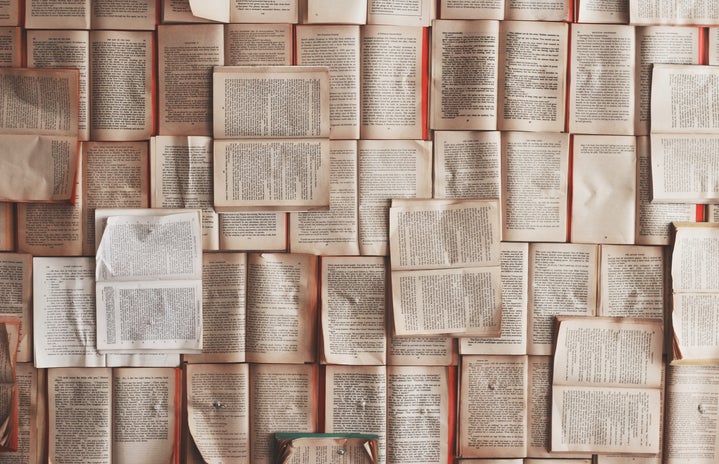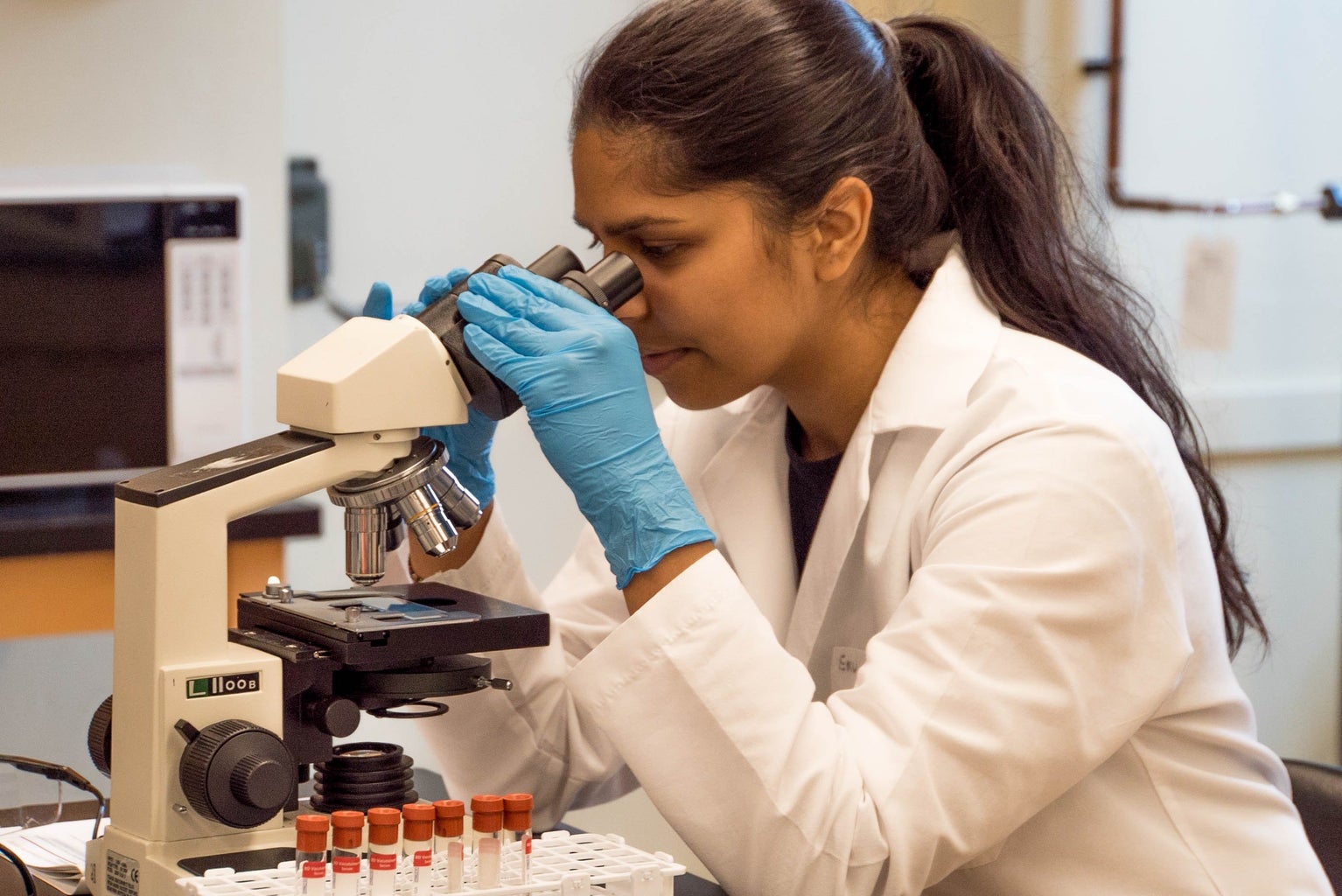Sitting, staring. A frustration at the lack of words I’ve typed onto the blank mocking screen before me. I tease my mind for the right word to start with, the right combination of letters to kickstart my masterpiece of a poem,but the search is futile. As I begin to succumb to the answer I can’t seem to find, instead of failure I sense familiarity. A quiet fire that has risen in me before, ignited in the face of a question I can’t answer, a chemical I can’t synthesize, an experiment that won’t go right, an equation I can’t solve. However, there exists an intrinsic counterpart that fuels this frustration – a thirst to explain and comprehend the obscure.
In most conversations where discovery is brought up, it is overwhelmingly in reference to scientific breakthroughs: voyages into deep space, novel drug treatments, or rediscovered organisms. In the age of exponential technological developments, it feels natural to leave advancement to the sciences, more so than exploration of the self, emotion, and experience: a practice often left in the hands of art. While scientists take aim centered in an objective viewpoint to provide factual evidence explaining the phenomena of our natural world, are there not questions that go unanswered? Deviations from the original goal that branch out in absurd angles at the excitement of finding something new? Experiments of form and structure?
These questions establish the basis for a relationship between poetry and science to be identified. Each stems from the original voyage into the inexplicable, yet using their respective methods and tools in order to do so; poetry equipped with the dynamicity of language and fluctuating form of phrasing, science with technology and the mutability of nature. However, these selected methods are not burdened in their separate fields of writing or science, instead, one recognizes the power of the other and incorporates its function into its own form.
I began to see this crossover first in my university courses, specifically when I began to learn organic chemistry. Given a harsh reputation by those who have completed this course, the assumed connotations of organic chemistry are heavy with a difficulty that only arises from such a dense scientific subject. However, as I learned about the mechanisms and chemical operations that make organic chemistry possible, I relied on my senses and artistic ability to a greater extent than logic or objective knowledge that ultimately led to my love for the subject. Even my professors used language akin to a poet when discussing how to gain a more wholesome understanding of organic chemistry — anecdotes along the lines of “feeling the molecule,” experiencing their emotions, or predicting dynamic behavior of compounds depending on changing environmental conditions.
It was exciting to discover this connection between such polarized fields right at my hands and in my everyday life. Invigorated, I sought out any other signs of connection, eventually stumbling upon the exact practice that defines this relationship: Science Poetry. An art in the form of poetry that weaves together the dichotomous nature of reality: what we sense and is real versus if we can trust what we sense. It is the tip of the iceberg of a voyage to bridge the gap between science and art, a task rewarding to both fields and essential to further discovery.
To provide an example of science poetry, I’ve selected this poem from Jo Shapcott, author of Of Mutability, titled “My Oak.”
My oak has memory
It put the wind which shook the sapling into the mass of its trunk
It put the prevalence of weather down hunter hill
Into its weighted curve across the skyline
That infestation of caterpillars was remembered by the leaves
Which contracted and thickened the next year
It remembers the seasons
Or at least the length of darknesses which distinguish them
Our word is photoperiodism
But remember is not the word
Nor is it my oak
Although I used to watch it every day when I lived across the field
Watch it respond to everything
Everything else




